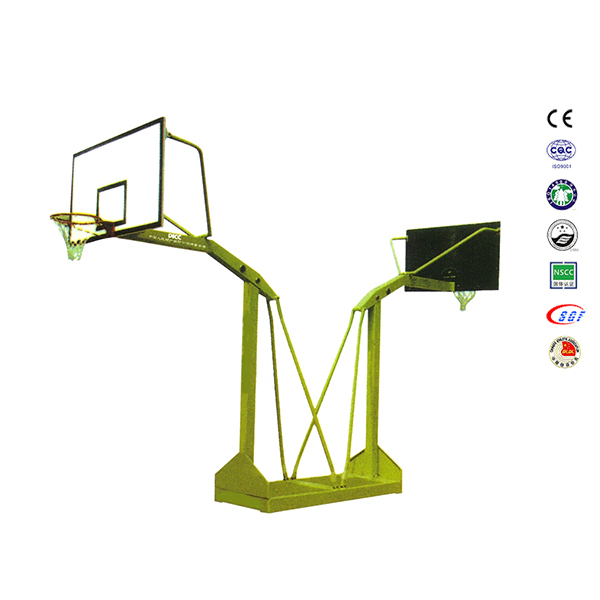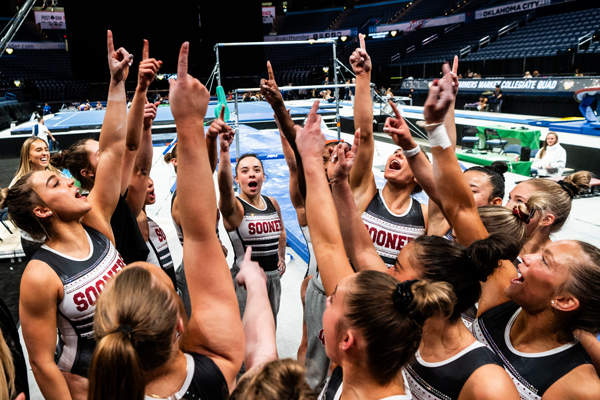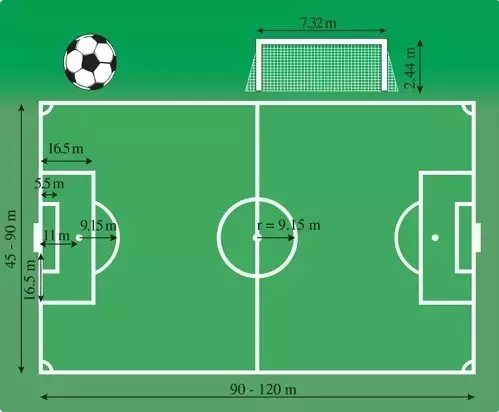Product
Is every soccer pitch the same size-
Basic Info
There are regulations. FIFA stipulates that the standard football field length is 105m and the width is 68m. However, due to construction and site issues, there is a floating standard. Its length must not be greater than 120 meters or less than 90 meters, and its width must not be greater than 90 meters or less than 45 meters. In any case, the length must exceed the width.
Have you ever had this illusion when watching a big game? Does the football field seem to be big or small? You don’t have to doubt your eyes! It is indeed different!
FIFA's requirements for the pitch for 11-a-side football matches are within a rectangular range of 90-120 meters long and 45-90 meters wide. But at the same time, a question also arises. Is it possible that there will be a bug stadium that is 90 meters long and infinitely close to 90 meters wide? You can make up your own mind and play the game in a square stadium.
Therefore, the venue requirements for international competitions are more precise, and must be within the range of 100-110 meters long and 64-75 meters wide.
Friends who often watch football know very well that the Premier League pays more attention to spectatorship, and smaller stadiums will increase more physical confrontation. The most representative one is the original Highbury Stadium, which was only 102 meters long. The overall playing style of La Liga tends to be technical penetration, while the Bundesliga focuses on teamwork, both of which require wider venues, so the stadiums are also larger. The original Camp Nou stadium was 72 meters wide.
With the development of competitions, stadiums have stricter standards, and the Premier League has given the only standard for venues: 105*68 meters. The standards are there, but the teams all have a rich history, and most of the stadiums have a history of a hundred years. Due to the structure of the ground, it is unrealistic to just change it. Only about half the teams meet the standard each season. Anfield Stadium will still be 101 meters * 67.6 meters in 2020.
When the team plays away from home, they have to revise their tactics according to the size of the opponent's stadium. So until now, many head coaches still complain about the venue problem.
The sizes of the stadiums of the 20 Premier League clubs are different, so does the Premier League have regulations on the size of the stadiums? Which is the largest and smallest stadium?
2021-22 Premier League pitch dimensions (1 yard = 0.9144 meters)
There are certain differences in the size of the stadiums of the 20 teams. Among them, the home stadiums of Crystal Palace, Leicester City and Liverpool are the three smallest stadiums. Selhurst Park and Anfield are two historic stadiums, built in 1924 and 1884 respectively, so it is not surprising that the stadiums are smaller and fans can even feel the players breathing.
Leicester City's situation is somewhat surprising, as they have been the only ones using the King Power Stadium since 2002, while similar new developments such as Brighton's American Express Community Stadium, Manchester City's Etihad Stadium and West Ham's London Stadium The stadiums are some of the largest in the Premier League.
In the 18-19 season, only Huddersfield's John Smith's Stadium scored fewer goals than Crystal Palace and Leicester City. On the other hand, only the Etihad Stadium scored more goals than Anfield. Hussein are ranked bottom, while Manchester City and Liverpool are the top two with 98 and 97 points respectively. Therefore, the strength of the team is still the main factor in determining results.
In general, these stadiums basically maintain similar dimensions, and most of them comply with the Premier League's 115X74 yard regulations. Teams that do not meet this requirement at least comply with the five rules set by the Premier League on stadium size:
K.15. – Unless otherwise permitted by the Board of Directors, in league matches the pitch shall be 105 meters long and 68 meters wide;
K.16. – If clause K.15 cannot be met due to stadium construction reasons, the Board of Directors may authorize the club to designate dimensions for the stadium that are different from those specified in K.15;
K.17. – Clubs are required to register the dimensions of the pitch by written notification to the Board of Directors prior to the start of each season;
K.18. – The Board may at any time require the Club to obtain and submit a report by an independent expert verifying the dimensions of the pitch;
K.19. – The dimensions of the pitch may not be changed by any club during the season without prior written notice to the Board of Directors.
In short, the only people who may really be affected by stadium size are the people who manage it. As the smallest stadium in the league, you can imagine how much the Crystal Palace stadium is the envy of other teams.
However, according to FA regulations, the length of the pitch only needs to be between 90-120 meters (100-130 yards).
Speaking of smallest stadiums, don’t confuse lowest capacity with smallest stadium, that’s far from the truth. West Ham's old stadium, Upton Park, is only 110 x 70 yards, making it one of the smallest stadiums in the history of the Premier League. Similar to Tottenham Hotspur's former home, White Hart Lane, is 110 x 73 yards.
FIFA's requirements for the pitch for 11-a-side football matches are within a rectangular range of 90-120 meters long and 45-90 meters wide. But at the same time, a question also arises. Is it possible that there will be a bug stadium that is 90 meters long and infinitely close to 90 meters wide? You can make up your own mind and play the game in a square stadium.
Therefore, the venue requirements for international competitions are more precise, and must be within the range of 100-110 meters long and 64-75 meters wide.
Friends who often watch football know very well that the Premier League pays more attention to spectatorship, and smaller stadiums will increase more physical confrontation. The most representative one is the original Highbury Stadium, which was only 102 meters long. The overall playing style of La Liga tends to be technical penetration, while the Bundesliga focuses on teamwork, both of which require wider venues, so the stadiums are also larger. The original Camp Nou stadium was 72 meters wide.
With the development of competitions, stadiums have stricter standards, and the Premier League has given the only standard for venues: 105*68 meters. The standards are there, but the teams all have a rich history, and most of the stadiums have a history of a hundred years. Due to the structure of the ground, it is unrealistic to just change it. Only about half the teams meet the standard each season. Anfield Stadium will still be 101 meters * 67.6 meters in 2020.
When the team plays away from home, they have to revise their tactics according to the size of the opponent's stadium. So until now, many head coaches still complain about the venue problem.
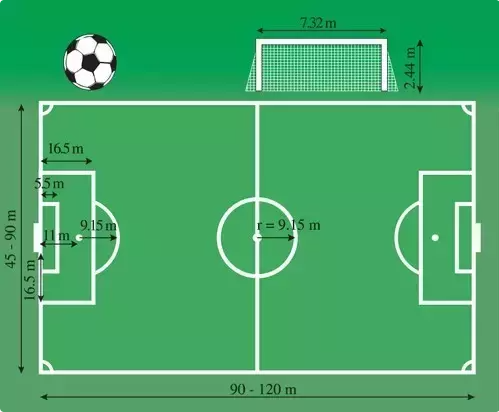
Is every soccer pitch the same size
2021-22 Premier League pitch dimensions (1 yard = 0.9144 meters)
There are certain differences in the size of the stadiums of the 20 teams. Among them, the home stadiums of Crystal Palace, Leicester City and Liverpool are the three smallest stadiums. Selhurst Park and Anfield are two historic stadiums, built in 1924 and 1884 respectively, so it is not surprising that the stadiums are smaller and fans can even feel the players breathing.
Leicester City's situation is somewhat surprising, as they have been the only ones using the King Power Stadium since 2002, while similar new developments such as Brighton's American Express Community Stadium, Manchester City's Etihad Stadium and West Ham's London Stadium The stadiums are some of the largest in the Premier League.

Should pitch sizes be consistent?
Frankly speaking, it's hard to imagine how much impact stadium size will have on a team. We can look at some data:In the 18-19 season, only Huddersfield's John Smith's Stadium scored fewer goals than Crystal Palace and Leicester City. On the other hand, only the Etihad Stadium scored more goals than Anfield. Hussein are ranked bottom, while Manchester City and Liverpool are the top two with 98 and 97 points respectively. Therefore, the strength of the team is still the main factor in determining results.
In general, these stadiums basically maintain similar dimensions, and most of them comply with the Premier League's 115X74 yard regulations. Teams that do not meet this requirement at least comply with the five rules set by the Premier League on stadium size:
K.15. – Unless otherwise permitted by the Board of Directors, in league matches the pitch shall be 105 meters long and 68 meters wide;
K.16. – If clause K.15 cannot be met due to stadium construction reasons, the Board of Directors may authorize the club to designate dimensions for the stadium that are different from those specified in K.15;
K.17. – Clubs are required to register the dimensions of the pitch by written notification to the Board of Directors prior to the start of each season;
K.18. – The Board may at any time require the Club to obtain and submit a report by an independent expert verifying the dimensions of the pitch;
K.19. – The dimensions of the pitch may not be changed by any club during the season without prior written notice to the Board of Directors.
In short, the only people who may really be affected by stadium size are the people who manage it. As the smallest stadium in the league, you can imagine how much the Crystal Palace stadium is the envy of other teams.
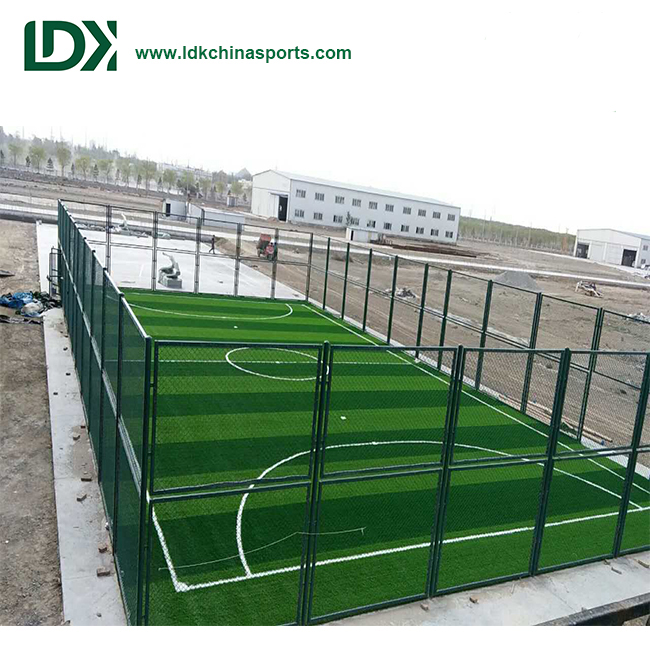
Course dimensions in metric units
Although English football still adheres to imperial units (yards) in most cases, other countries currently use metric units. The pitch size specified by the Premier League is 115×74 yards, which is equivalent to 105×68 meters.Course length
The recommended length of a Premier League pitch is 105 meters (115 yards).However, according to FA regulations, the length of the pitch only needs to be between 90-120 meters (100-130 yards).
The biggest and smallest stadiums in Premier League history
The Etihad Stadium is the largest stadium in the Premier League with 116 x 77 yards. Old Trafford is very close, at 116 x 76 yards, as is New Wembley (used by Tottenham most of the time in the 17-18 and 2018-19 seasons).Speaking of smallest stadiums, don’t confuse lowest capacity with smallest stadium, that’s far from the truth. West Ham's old stadium, Upton Park, is only 110 x 70 yards, making it one of the smallest stadiums in the history of the Premier League. Similar to Tottenham Hotspur's former home, White Hart Lane, is 110 x 73 yards.
On record, the lowest capacity stadium in Premier League history is Bournemouth's Dean Court Stadium (11,329 seats), but it is one of the largest stadiums in the Premier League (115 x 71 yards).

More LDK football product recommendations:
Football Cage
Futsal Goals
Metal Football Goal
Aluminum Football Goal
Foldable Football Goal
Portable Football Goal
Mini Football Goal
Futsal Goals
Metal Football Goal
Aluminum Football Goal
Foldable Football Goal
Portable Football Goal
Mini Football Goal
LDK sports equipment manufacturer's promotion is in progress: Click to contact us now






